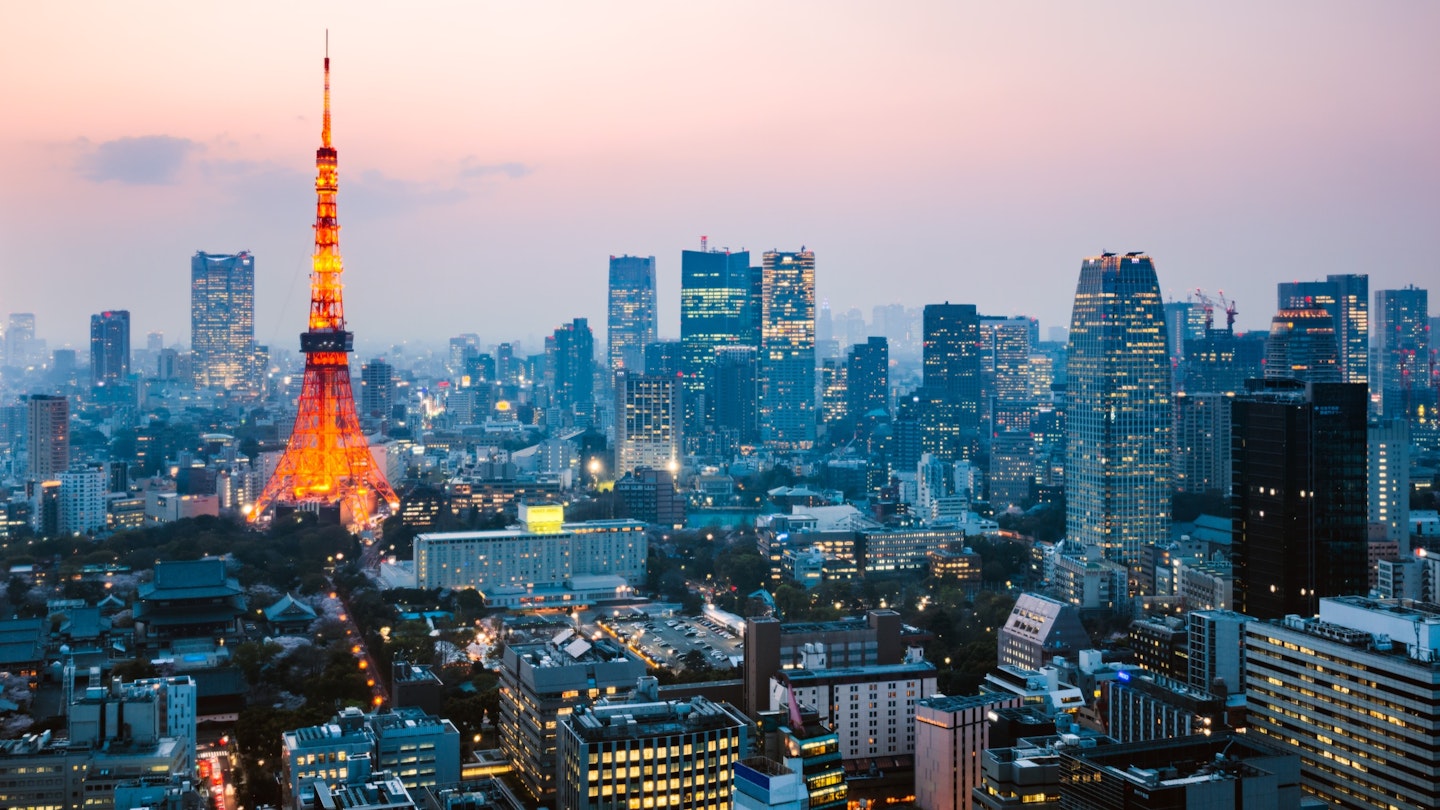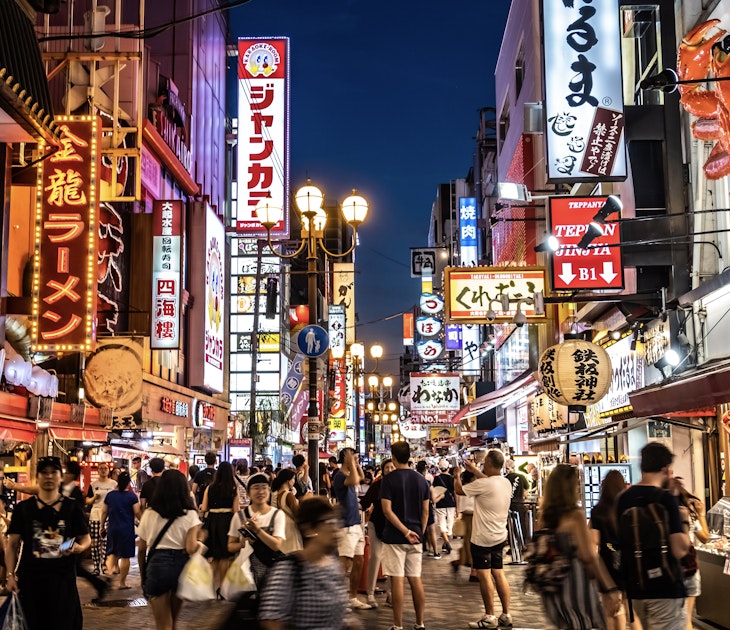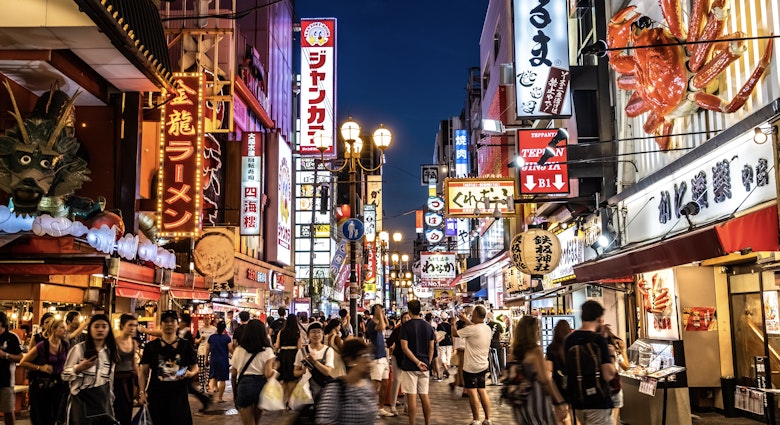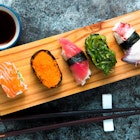Travelers to Japan have long explored the country via the Shinkansen (bullet train). Traditionally, riders would take the ‘Golden Route’, connecting the cities along Japan’s Pacific coast. But an even better way to experience the best of the country is the ‘New Golden Route’, connecting Tokyo with Kyoto and Osaka via Hokuriku.
This collection of railways covers more than just those three major cities of the original Golden Route. It also connects the traditional arts and crafts of Toyama, Ishikawa and Fukui, the natural and culinary experiences of Niigata, Shiga, and Saitama, and the historical excursions of Gunma, Nagano and Gifu. The New Golden Route truly has something for everyone, and all destinations can also be accessed using the Hokuriku Arch Pass.
When it comes to city experiences, however, no places better represent the gamut of Japanese culture than Tokyo, Kyoto, and Osaka – from their UNESCO-recognized shrines and temples to their neon cityscapes and Michelin-starred cuisine. Since you might still want to avoid crowds and closed indoor spaces when visiting Japan, book a ticket on the Shinkansen and read on for the best of Tokyo, Kyoto and Osaka in the age of social distancing.
Author’s note: Downloading Japan’s COCOA COVID-19 contact tracing app (which requires no personal information from users) is recommended. Also, be prepared for hours of operation for all businesses to change depending on the COVID-19 situation.
Riding Japan’s ‘New Golden Route’: Mountainous Gifu, Nagano and Gunma

Tokyo
Nearly 37 million people live in the capital area of Japan. Tokyo is, however, both expansive and highly organized. The best plan of action for the socially distanced adventurer is to explore the city’s greenspaces, head to the mountainous outskirts, and to favor locations where rigorous COVID-19 prevention measures have been put in place.
Day 1
Start your first day in Shibuya. Famous for having the world’s busiest intersection, Hachiko Crossing (or Shibuya Crossing), it’s also home to one of Tokyo’s prettiest parks, Yoyogi-koen, straddling the heart of the city.
Admire Yoyogi’s seasonal flowers – sakura (cherry blossoms) in spring or koyo (autumnal foliage) – before a picnic by the lake and a stroll towards Meiji-jingu, Tokyo’s foremost Shinto shrine. Built shortly after the culmination of the Meiji era (1868 – 1912), it honors the deified spirits of Emperor Meiji and Empress Shoken. The shrine complex is marked by a brooding forest of 100,000 trees and huge wooden torii gates, operating as barriers between the bustle of the city and the natural world of Meiji-jingu.
Koishikawa Korakuen Gardens, constructed in the early 17th century, should be your next port of call. Built in the style of traditional landscape gardens, Koishikawa Korakuen functions like a 3D poem, with each individual feature expressing subtle ideas or capturing the essence of Japan’s ancient belief systems.
Next check out Kanda Myojin, only a total of 15 minutes away by walking and taking the train together. This Shinto shrine was founded in AD 730, and is home to three major gods who are said to bestow prayer-givers with good luck, prosperity and healthy marriages. Keeping your distance should be fairly easy in the shrine’s spacious courtyard.
From here, nip over to teamLab’s Borderless exhibit in Odaiba, a series of 3D digital art installations designed to erode the border between the art and its viewers. Advance tickets are necessary, while measures to prevent the spread of Covid-19 have been put in place.
For dinner in the evening, many Tokyo restaurants implement social distancing practices, offer hand sanitizer, and conduct temperature checks upon arrival. Establishments with outdoor seating areas are also a good idea. TY Harbor in Shinagawa, Spring Valley Brewery in Daikanyama, and Canal Café in Iidabashi, are among many with eclectic menus and outdoor terraces.

Day 2
Take a hike in Tokyo’s mountainous western outskirts. The many walking trails of Mt. Takao in Hachioji City are busy on weekends and public holidays, but on typical weekdays you can ascend one of the trails in comparative solitude.
At 1965 feet, it’s a fairly manageable hike irrespective of season or previous hiking experience. There are also intermittent rest stops where you can enjoy a bring-your-own bento (lunch box). If that still sounds a little too blood-rushing, there’s a cable car that approaches the summit with little-to-no cardio required.
At the top, several viewpoints look eastward toward the capital; on clear days you can make out major landmarks such as Tokyo Skytree, Tokyo Tower, and even Mt. Fuji. There is also a large Buddhist temple on the way up to the summit of Mt. Takao, Yakuou-in, built by Emperor Shoumu in the 8th century.
For dinner, there are take-out restaurants and food stalls at Takao’s base and near its summit.
Riding Japan’s ‘New Golden Route’: Traditional Niigata, Shiga and Saitama
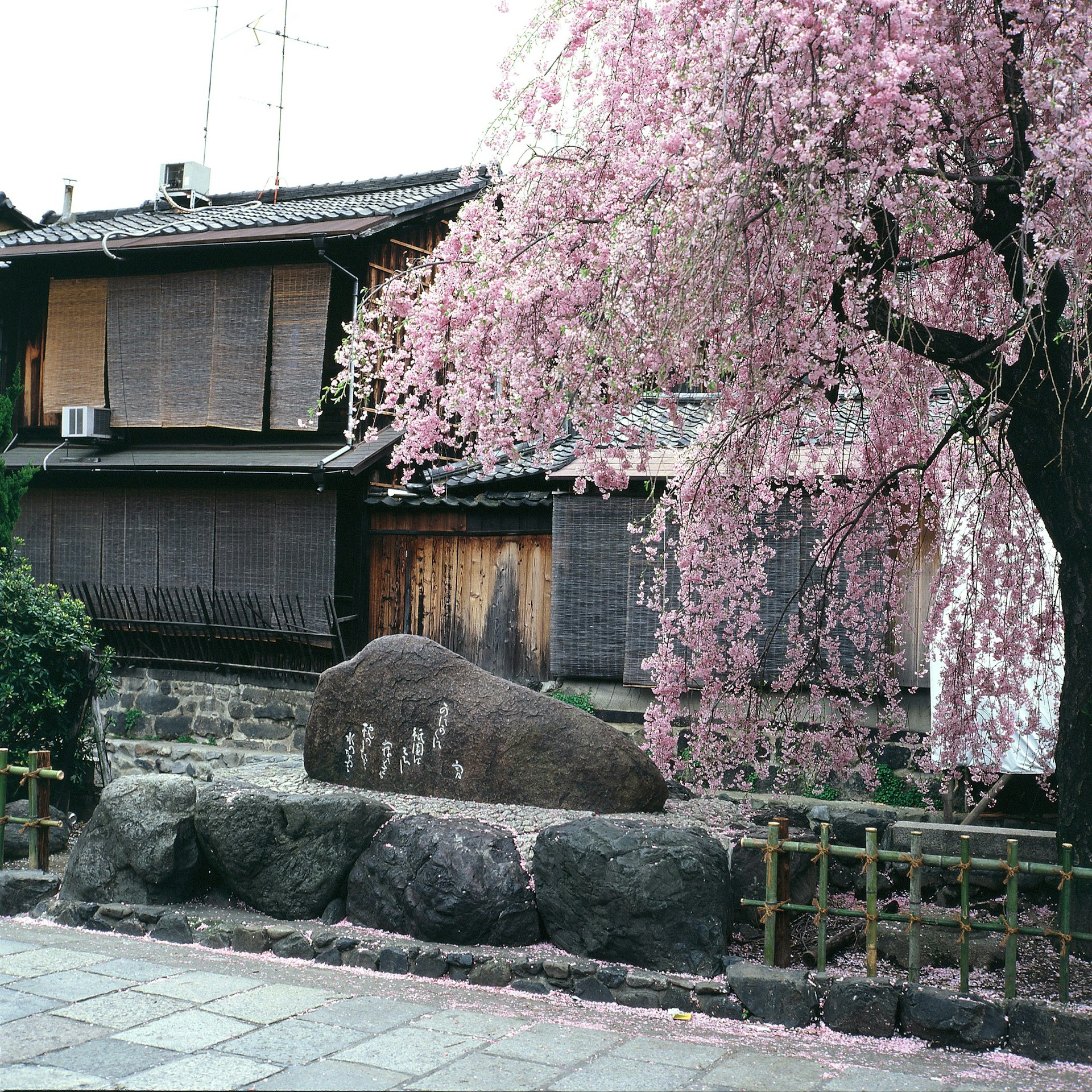
Kyoto
Less than three hours from Tokyo on the Shinkansen is Kyoto, the former imperial capital and a melting pot of traditional Japanese culture including 17 UNESCO World Heritage Sites. Though this has made it a popular haunt for travelers, by sticking to the outdoors, Kyoto can still charm in the age of social distancing.
Day 1
Fairly compact and designed in a navigable grid-system format, Kyoto is a great city to explore by bicycle.
Gion, Kyoto’s geisha district and the world brought vividly to life in Arthur Golden’s adapted-for-cinema novel, Memoirs of a Geisha, is a great place to start. Built on the banks of the Kamo River, Gion is defined by flagstone streets, wooden machiya (townhouses), and the occasional kimono-dappled geisha clip-clopping along its alleyways.
Be sure to check out the Tetsugaku-no-Michi (Path of Philosophy), which follows a cherry-tree-lined river for over a mile, and the Kyoto Imperial Palace Park where the royal lineage resided until the capital was shifted to Edo (former name of Tokyo) in 1868.
Head to Pontocho in the evening, an atmospheric yokocho (alley) flanked by the lantern-lit doorways of small izakaya, cocktails bars, and whisky caverns. The narrow confines can make it harder to adequately swerve fellow pedestrians, but from May through September many restaurants erect temporary dining terraces called nouryouyuka, which overlook the river.
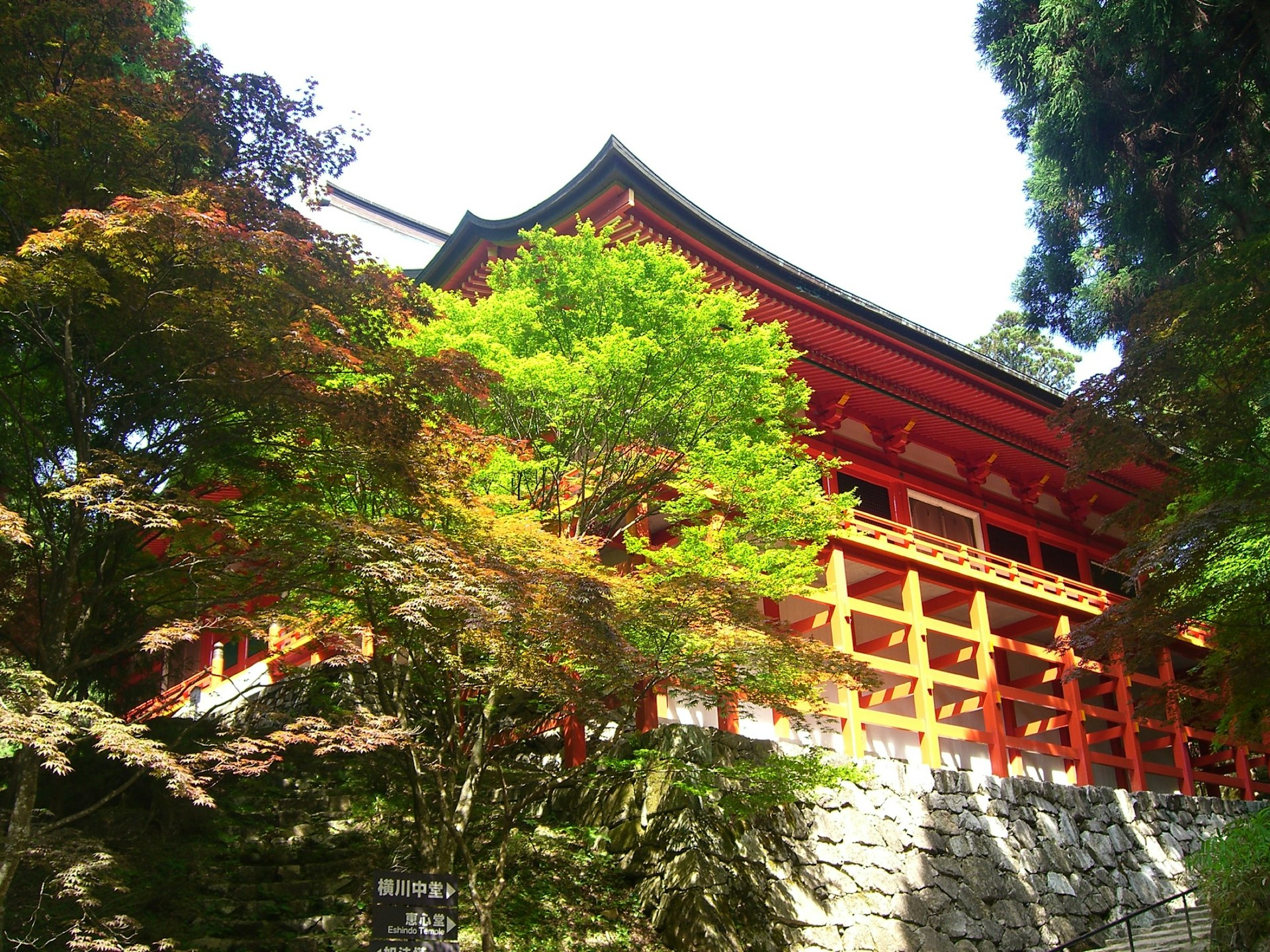
Day 2
In the hills east of Kyoto you’ll find Mt. Hiei, a 2,780-foot peak on which sits the World Heritage temple, Enryaku-ji. The temple monastery is one of the most important religious sites in Japan, home to the warrior monks of the Tendai sect of Buddhism (the prevailing school of Buddhism in the old imperial court).
To begin the approximately three-hour ascent, head for Shugakuin Station in Kyoto’s outskirts (again, best to avoid weekends and public holidays). The hike winds up through a tightly packed cedar forest culminating in far-reaching views from Enryaku-ji of Kyoto and neighboring prefecture Shiga.
Alternatively, if you’d like a more leisurely stroll, make tracks for the Ishidera Tea Plantation in Wazuka Town, a rolling landscape of tea fields accounting for 45 percent of Japan’s Uji tea production – one of the three major brands of tea. You can enjoy the lush greenery of the tea plantations all year round, and guided tours are available for picking tea and walking through the tea plantations.
Return to the city for an open-air dinner at Fortune Garden Kyoto’s rooftop beer bar or the river terrace at Salvatore Cuomo pizzeria.
Riding Japan’s ‘New Golden Route’: The artisans of Toyama, Ishikawa and Fukui

Osaka
Finish off the trip with a day in Osaka, Kyoto’s chaotic and increasingly multicultural neighbor. Osaka is known for its street and soul food scene, thriving nightlife, the eponymous feudal castle, and Japan’s only Universal Studios theme park (more commonly known as ‘USJ’). Local trains operate between Kyoto and Osaka, but you can get there in a mere 15 minutes via the Shinkansen.
Day 1
Theme parks are an inextricable facet of modern Japanese culture – Osaka’s USJ is a prime example. In June 2020, USJ implemented rigorous coronavirus-prevention protocols to ensure continued visitor safety.
The new safety measures – increased sanitization, enforced mask-wearing and social-distancing practices – work in coordination with the QR code-based OSAKA COVID-19 Tracing System.
Spend the day experiencing USJ’s thrilling and diverse highlights: The Wizarding World of Harry Potter, complete with a replica Hogwarts and Hogsmeade village; rides inspired by the Universal Studios canon, from Jurassic Park to Jaws; and the highly anticipated Super Nintendo World, open from February 4, 2021.
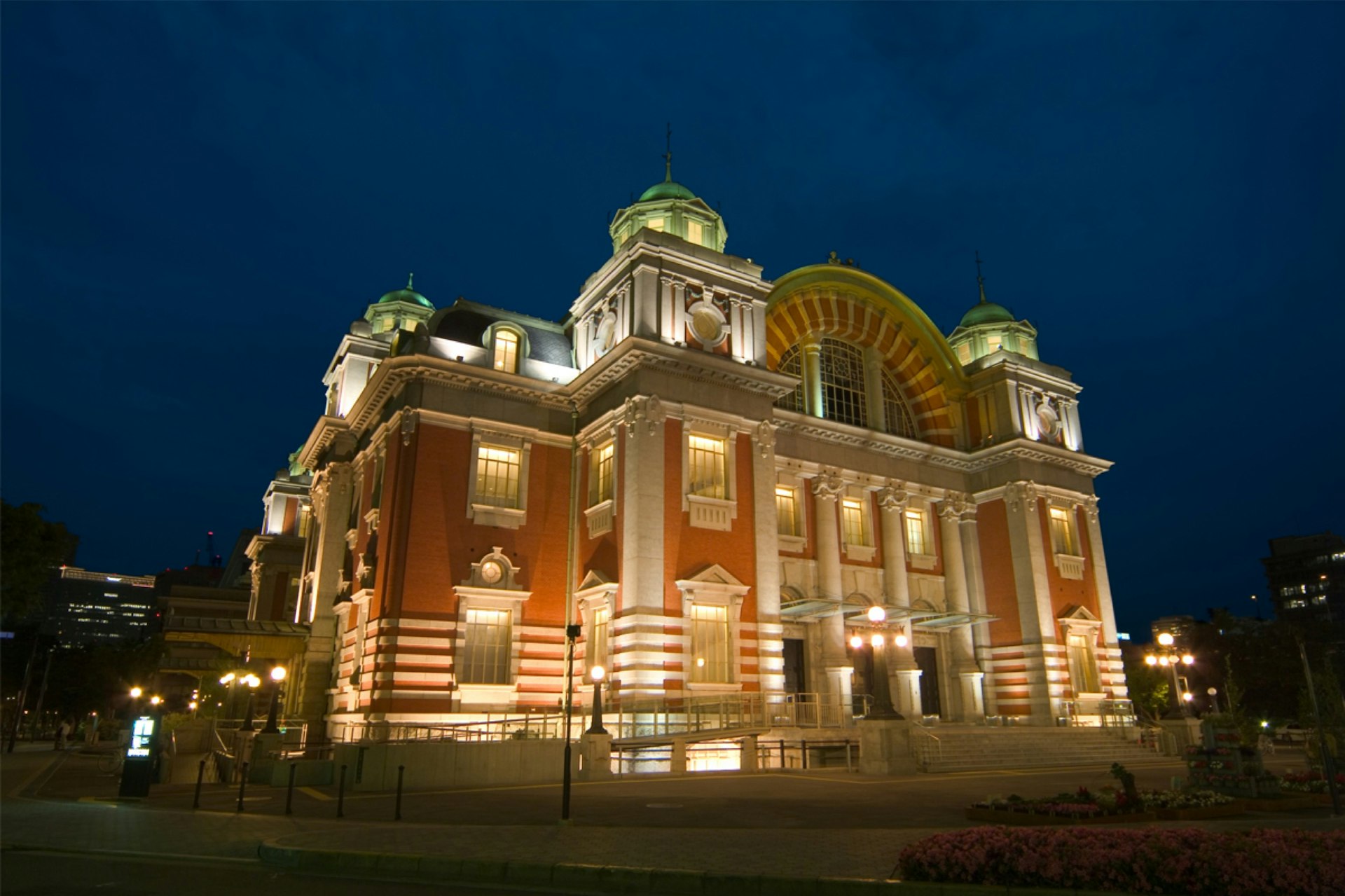
Day 2
On your final day, go for a self-guided walking tour of central Osaka. Start at Osaka Castle, a towering remnant of the feudal era which played a major role in the 16th-century unification of Japan’s pugilistic warring states. Stroll around the pristine lawns of the castle, which belie the fact this was once a building of war.
Swing by the waterfront Kitahama district on your way to Osaka city center. Though many of the buildings in Kitahama now tower in multiple stories over the river below, some of the old Edo Period warehouses remain, offering a juxtaposition of Japan’s uber-modern present and its pre-industrial past.
Talk a walk around the European-esque Osaka city center with its water channels and canals, many of which were built more than 400 years ago. This Western aesthetic is fused with the distinctly more Japanese urban trappings of illuminated highrise towers in business-centric Nakanoshima and the ostentatious restaurant entrances of the Dotonbori kuidaore (“eat until you drop”) district.
When in Dotonbori, sample some on-the-go street food. Though it can get busy, you’ll find chefs grilling wagyu beef, takoyaki (octopus balls), and an assortment of skewers at takeout locations running alongside the colorful neon-lighted canal. You can also take to the canal on an open-air boat tour, or if you’re feeling adventurous, on a stand-up paddleboard.
For more information on the New Golden Route, check out a downloadable brochure.

